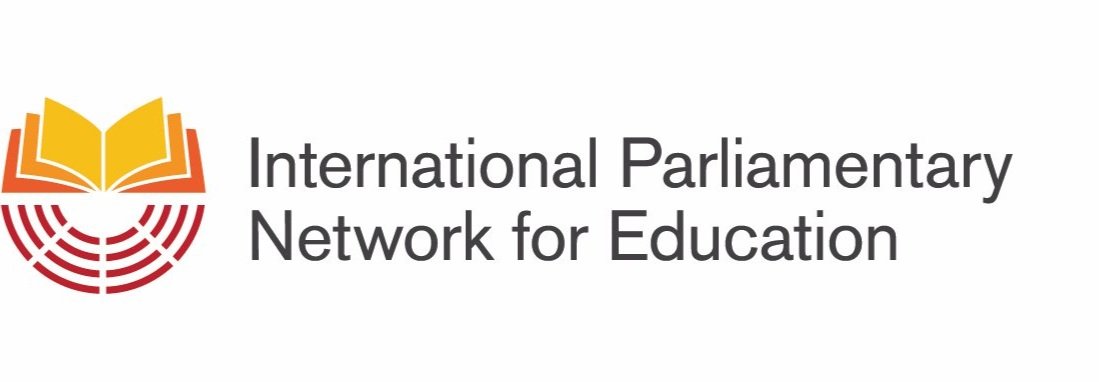In Yemen, despite 2 years of truce, the education crisis continues
By Dag-Inge Ulstein, Member of Parliament, Norway
Right now, violence and turmoil worldwide are having a devastating impact on children’s education. In Gaza, no child has been in school for over 6 months and 90% of school buildings have been damaged or destroyed by Israeli forces. In Ukraine, just 25% of schools are able to offer full-time, in-person learning with thousands of schools damaged or destroyed.
These conflicts are well known to us. But we must not forget the enormous suffering and lost learning opportunities children experience in the many other crises not receiving the same global attention, including in places such as Mali, Sudan and Yemen.
Millions of children are out of school in Yemen
This month marks two years since the UN-brokered truce was declared in Yemen. An important moment on which children and their families pinned their hopes for stability, peace and a sense of normalcy.
While the truce thankfully resulted in reduced hostilities, civilian casualties and displacement, new findings from Save the Children show that it failed to protect children’s fundamental right to safe, quality and inclusive education.
Ten years after the conflict began the impact on children’s learning and wellbeing is severe. Today over 4.5 million children in Yemen are out of school, a massive 39% of the country’s school-age population. This figure raises serious concerns not only about the wellbeing of those children, but about the potential for the country to ever recover. The challenging economic situation in Yemen, which is a major contributor to the education crisis, has also increased protection risks, including increased rates of child labour and child marriage.
Despite the truce, access to education has ‘not improved’
One-third of families surveyed have at least one child who has dropped out of school in the past two years. There are 1.3 million displaced children in Yemen who are twice as likely to drop out than their peers. With no foreseeable solution to their displacement, these children are facing increased risks of interrupted education, jeopardizing their future and potentially perpetuating cycles of poverty and instability.
Furthermore, over 58% of parents said their children’s access to education has not improved since the truce. The ongoing conflict dynamics has made it harder to improve the economic situation. This has also reduced the authorities’ capacity to support education, including providing adequate teacher salaries, educational resources, and rehabilitating damaged schools.
The Yemeni authorities, donor states, and humanitarian actors, need to urgently commit to a renewed peace process, ensuring the protection of schools and a significant increase in aid for Yemen’s education system.
Poverty stands as the primary driver of school dropouts
The conflict-induced economic downturn coupled with food insecurity has driven the biggest number of children to leave school over the past two years. Over 44% of caregivers and children surveyed said that the need to support their family’s income generation was a primary reason behind school dropouts. Child labour in Yemen is a growing concern, posing significant risks to children’s well-being and development.
Rami, a 12-year-old boy, said to his mother: “How can I go to school when I know we can’t cover our expenses and my siblings need food? I must leave school and work.”
Insecurity also contributes to school dropouts
Although the truce has resulted in no large-scale fighting, three-quarters of students reported that their sense of safety has not increased, with 14% of families citing violence as a direct cause of school dropouts. The beginning of the truce was promising as no schools experienced attacks. However, in 2023, several incidents of armed violence in and near schools did result in at least three child fatalities and numerous injuries.
Attacks on schools are a grave violation against children. The Safe Schools Declaration, which aims to safeguard schools from such attacks, was endorsed by Yemen in 2017. Norway, one of the Declaration’s champion states, can assist the country and parties to the conflict in implementing this commitment.
Peace and education
With hopes pinned on a new peace agreement and given education’s ability to foster long-term stability and development, it is crucial to make sure the education crisis in Yemen is addressed.
New findings from the Global Partnership for Education and Institute for Economics & Peace found that countries with high education levels enjoy more overall social and political stability. And the opposite is also true, countries with low education levels tend to experience a higher occurrence and intensity of internal conflict.
We need a renewed commitment to education in emergencies and Yemen in particular
It’s vital that the Yemeni authorities, donor states, institutions, and humanitarian actors, urgently address these challenges that increase the likelihood of dropouts and find ways to ensure children return to their learning. This includes committing to a renewed peace process, ensuring the protection of schools and students, including compliance with International Humanitarian Law and the Safe Schools Declaration.
International funding for education in Yemen has been steadily dwindling over the past few years. In 2023, less than 20% of the education funding requirements were met in the Humanitarian Response Plan. Without sufficient aid to education, children’s rights will not be fulfilled, and the peace and recovery of the country could be at jeopardy.
The lack of funding for the education response in Yemen is reflected around the world and underscores the urgent need for humanitarian donors to fund education in crisis contexts.
This includes funding education in humanitarian appeals and at the global level ensuring that Education Cannot Wait the global fund for education in emergencies is fully replenished.
We should listen and act upon the views of Asala a Yemeni child who says, we need to secure children’s rights to learn so that they “can build a future for themselves and their families”.
This article was originally published in Modern Diplomacy on May 2, 2024.


